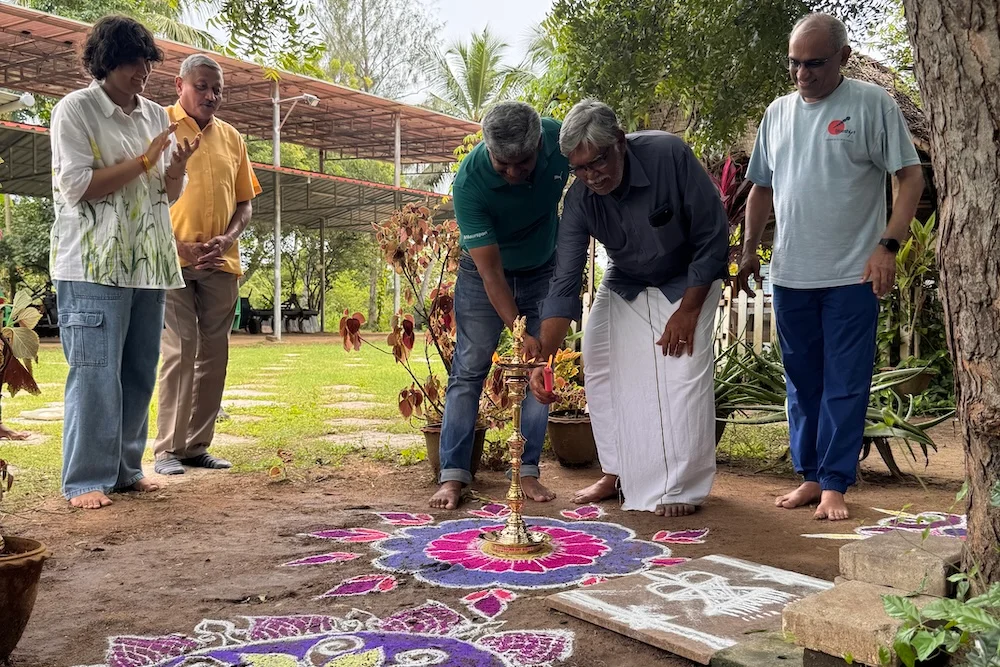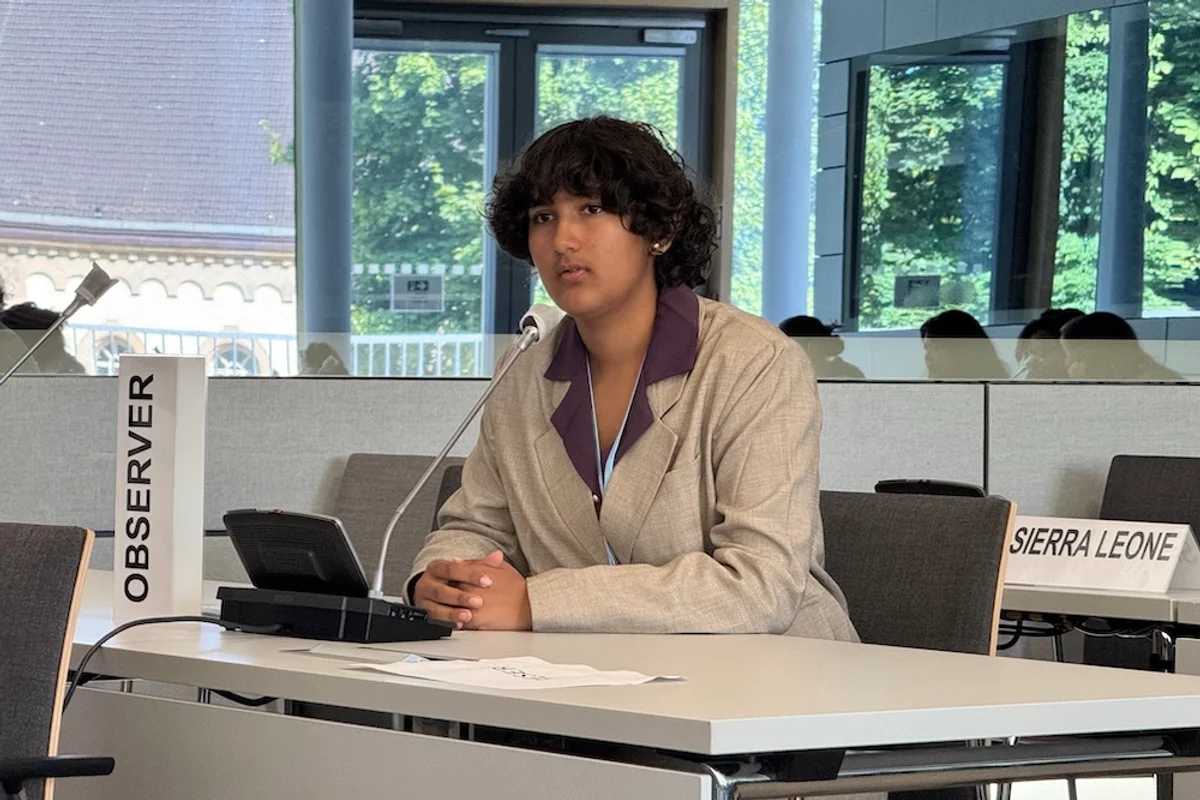Why Mankind Needs Mangroves: The Importance of Mangrove Trees
An Overview:
- A major nursery habitat for fish & other marine species
- Provides a variety of timber and non-timber forest products
- Promotes ecotourism in the country
- Their ability to store carbon dioxide is the greatest amongst all
- They protect the coastal regions against storms, tides, and erosion
Mangroves – The Walking Trees:
Often referred to as the “walking trees” because of their unique adaptation to the tidal environments in which they grow. Mangrove plants are a group of trees and shrubs that grow in saline coastal environments, particularly in tropical and subtropical regions. They have adapted to harsh environments where freshwater and soil nutrients are limited, and saltwater inundation is common.
The roots of some species of mangroves, such as the Rhizophora, can grow vertically from the tree’s branches and then bend downwards to anchor themselves in the mud or sediment. These specialised roots, known as “prop roots” or “stilt roots,” allow the trees to remain stable and upright in the soft, muddy soil of the mangrove habitat, and also help the tree to obtain oxygen from the air when the roots are submerged during high tides.
– A Gift From Nature That Keeps On Giving – Benefits of Mangrove Plantation:
Mangrove plantation can have numerous benefits to the natural environment and its preservation, including:
- Restoring degraded ecosystems: Mangrove plantation can help to restore degraded or deforested areas and enhance the natural ecosystem processes.
- Biodiversity conservation: Mangroves are home to a wide range of plant and animal species, many of which are threatened or endangered. By planting mangroves, we can help to conserve and restore biodiversity in degraded areas.
- Carbon sequestration: Mangroves are among the most efficient ecosystems in terms of carbon sequestration, meaning they can absorb and store large amounts of carbon dioxide. Planting mangroves can help to mitigate the impacts of climate change by reducing the concentration of greenhouse gases in the atmosphere.
- Water quality improvement: Mangroves can help to improve water quality by trapping sediment and filtering pollutants.
- Coastal protection: Mangrove forests act as a natural buffer against storms, tides, and erosion, protecting coastal communities and infrastructure.
For Example: In the 2004 Indian Ocean tsunami, many coastal communities were severely impacted by the waves, but those with healthy mangrove forests fared better. Mangroves have the ability to absorb wave energy, reduce wave speed and height, and act as a natural barrier against storm surges and floods. As a result, they can play a critical role in protecting coastal communities from natural disasters.
More Mangroves Mean More Nature – (Ecological Significance of Mangroves):
Mangroves are home to a diverse array of plant and animal species, including fish, crustaceans, birds, and mammals. Many of these species are adapted to the unique conditions of the mangrove habitat, and rely on the forest for food, shelter, and breeding. The walking trees are also important nursery habitats for many fish and shellfish species, which provide a source of income and food for millions of people around the world.
The Vault Economical Perks:
In addition to its numerous ecological and environmental benefits, these walking trees offer various economical benefits such as:
- Fisheries support: they serve as a major nursery habitat for many fish and shellfish species, providing a source of income and food for millions of people around the world.
- Timber and non-timber forest products: mangroves can provide a variety of timber and non-timber forest products, such as firewood, charcoal, honey, and medicinal plants.
- Ecotourism: they are popular tourist destinations, attracting visitors who come to enjoy their natural beauty and unique wildlife. For example, the Sundarbans mangrove forest in Bangladesh and India attracts hundreds of thousands of visitors each year.
- Carbon credits: the mangrove forests are among the most efficient ecosystems in terms of carbon sequestration, meaning they can absorb and store large amounts of carbon dioxide.
- Coastal protection: they act as a natural buffer against storms, tides, and erosion, protecting coastal communities and infrastructure.
India’s current mangrove cover density:
As of 2021, India’s current mangrove cover density is estimated to be around 4,975 square kilometres, according to the India State of Forest Report 2019. This represents a slight increase from the previous report in 2017, which recorded the country’s mangrove cover density at 4,921 square kilometres. The mangrove forests are concentrated along India’s east coast, particularly in the states of West Bengal, Odisha, Andhra Pradesh, and Tamil Nadu, as well as in the Andaman and Nicobar Islands in the Bay of Bengal and in parts of Gujarat and Maharashtra on the west coast.
Impetus by the GOI to promote mangrove cover:
Owing to the ecological and economical benefits of the mangroves, the Government of India has undertaken several initiatives to promote and protect mangrove cover in the country. Some of these initiatives include formation of the National Mangrove Committee and a dedicated Mangrove Cell.
The Indian Finance Minister, Nirmala Sitharaman, announced two conservation initiatives during the annual budget speech on February 1 2023. The first program, Mangrove Initiative for Shoreline Habitats & Tangible Incomes (MISHTI), aims to increase mangrove plantations along the coastline and on salt pan lands.
The second program, Amrit Dharohar, is a three-year scheme focused on wetland conservation. Sitharaman acknowledged the importance of wetlands in sustaining biodiversity and announced the scheme would promote the conservation values of local communities to encourage optimal use of wetlands, enhance biodiversity, carbon stock, ecotourism opportunities and income generation.
How Prasiddhi Forest Foundation is working towards growing Mangroves:
For the last 10 months, Prasiddhi Forest Foundation has been working on Mangrove Plantation. For our preliminary research we connected with different experts & government officials and also visited various Mangrove sites. After due discussions & site visits, we were able to gain acceptable knowledge which helped us in preparing for our first Mangrove Plantation.
Our warm up began with prepping for the plantation site. We organized a beach clean-up with the help of volunteers and conducted a Mangrove sapling plantation with the help of local skilled villagers.
As the brand ambassadors of Green Tamil Nadu Mission, we are extremely happy to conduct our first Mangrove Plantation at Kovalam Creek, Tamil Nadu. We are grateful to the District Office, District Forest Office, BDO, Project Development Office, Local Panchayat, District MLA, and villagers who participated in the event to make it a successful event.
Mangroves are indeed a blessing in disguise. We believe, to amplify the impact of the blue carbon ecosystem, if you and us join hands, we can strive to work on bigger nature-based solutions together.
Well the importance of mangrove trees cannot be overstated. Not only do they provide numerous ecological benefits such as restoring degraded ecosystems, conserving biodiversity, carbon sequestration, improving water quality, and protecting coastal communities, but they also offer various economical perks such as fisheries support, timber and non-timber forest products, ecotourism, carbon credits, and coastal protection. With India’s current mangrove cover density of 4,975 square kilometres, initiatives by the government to promote and protect mangrove cover such as MISHTI and Amrit Dharohar are crucial steps towards preserving these walking trees and sustaining their ecological and economical benefits.







